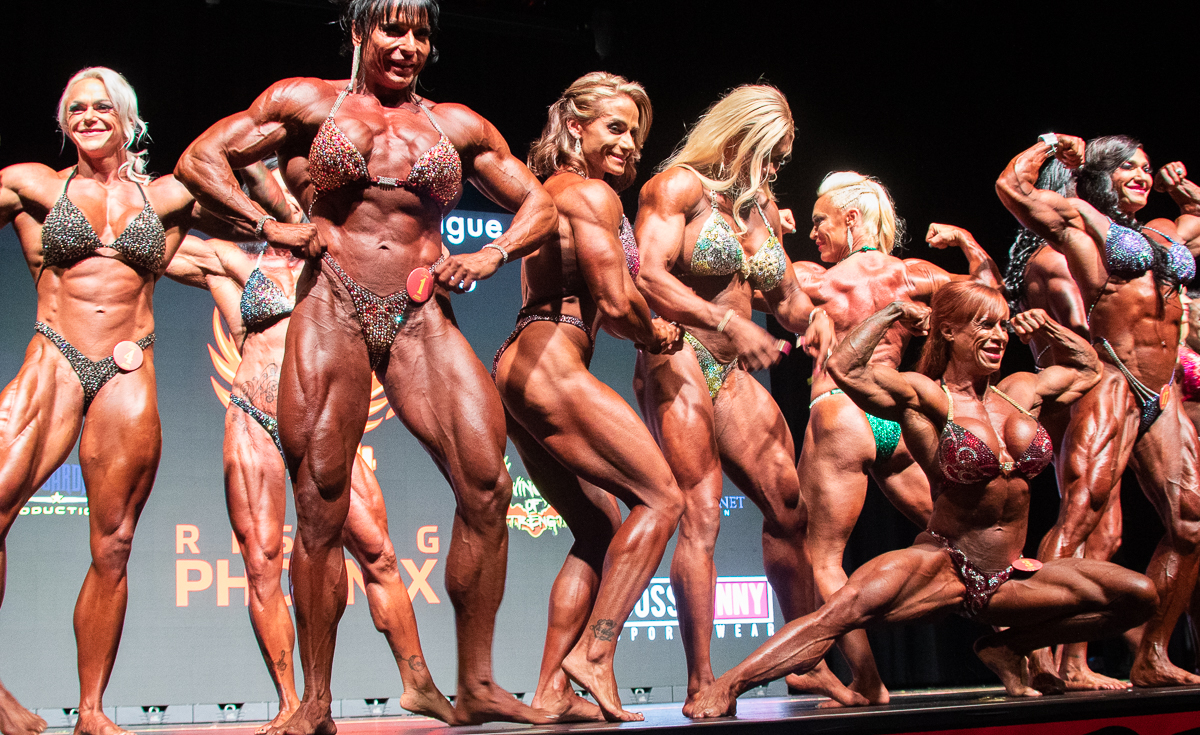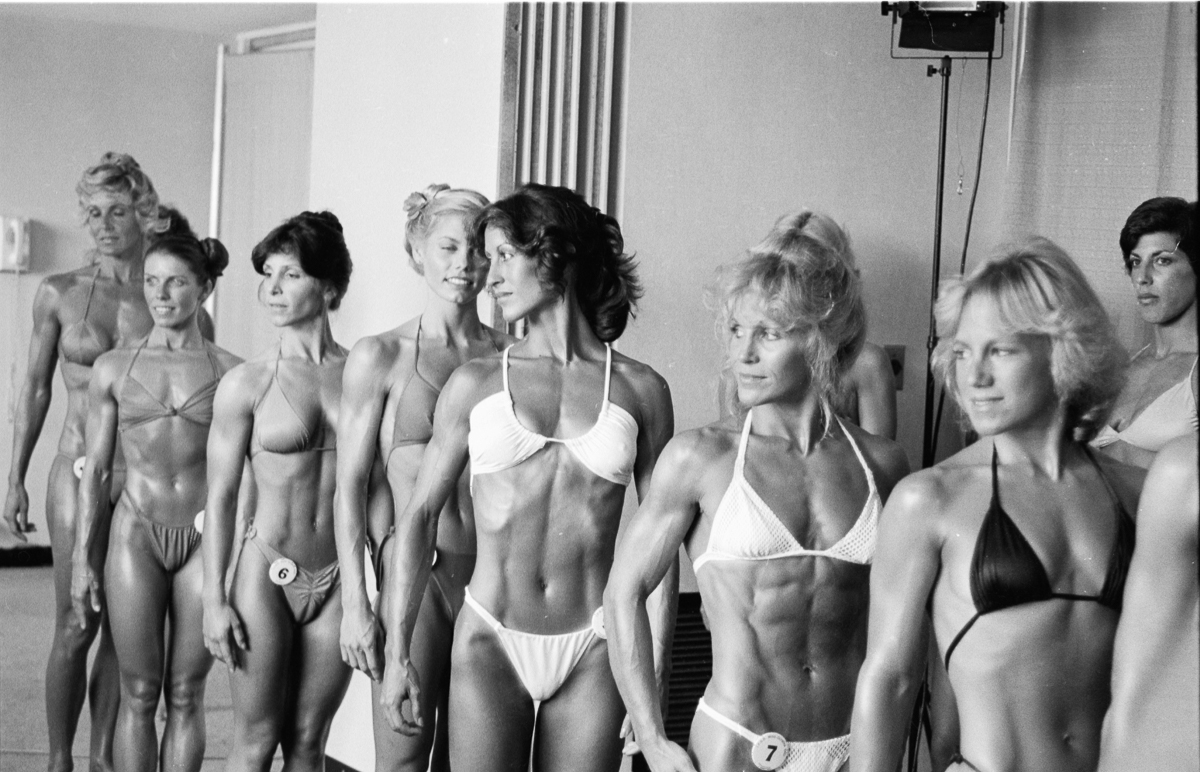Bodybuilding photographer Bill Dobbins on what he sees as feminism's blind spot.
Muscle&Fitness: The progress that women, especially in western culture, have made since the latter half of the 19th century is amazing. This is especially evident when you look at parts of the world that have not gone through this evolutionary change. For example, where they are denied an education, freedom of movement, and even the right to drive a car.
In the Western world, including the US, in the not too-distant past, women couldn’t own property. They were considered to be the property of their husbands. It was just 100 years ago, not ancient history, that most women in the U.S. were given the right to vote.
In modern culture, feminism advocates for women’s rights and equality, but it seems that some women who should benefit from this kind of advocacy have been left behind by the movement. Specifically, women with muscle who train and diet to create aesthetic physiques and who compete in various categories in muscle contests— in particular, female bodybuilders.Women have been traditionally considered the “weaker” gender. They finally became increasingly celebrated in athletics during the 20th century, and many sports for women are now more popular than the same sport for men. As of the 1970s, women also started competing in bodybuilding.
But in the 1970s, this movement hit a wall, failing to recognize and respond to the gradually increasing discrimination facing competitors in the emerging sport of bodybuilding for women.
Of course, it’s not the overall idea of muscles on women that creates this kind of opposition. Throughout history, most people, including women, have been peasant farmers. In the days before mechanized farm machinery, muscle is what did the work. Nobody ever criticized farm wives because they had the strength to allow them to plow behind a mule, haul water or chop wood.
Nor does the opposition based on women getting big and strong exist across the board. Strong women with muscles have long been celebrated in comic books. Women wrestlers have become stars in that world. For decades, we’ve seen Olympic weightlifting and powerlifting competitions for women. But since their bodies were developed in pursuit of sports performance and not aesthetics, they’re accepted.



No comments:
Post a Comment
Note: Only a member of this blog may post a comment.